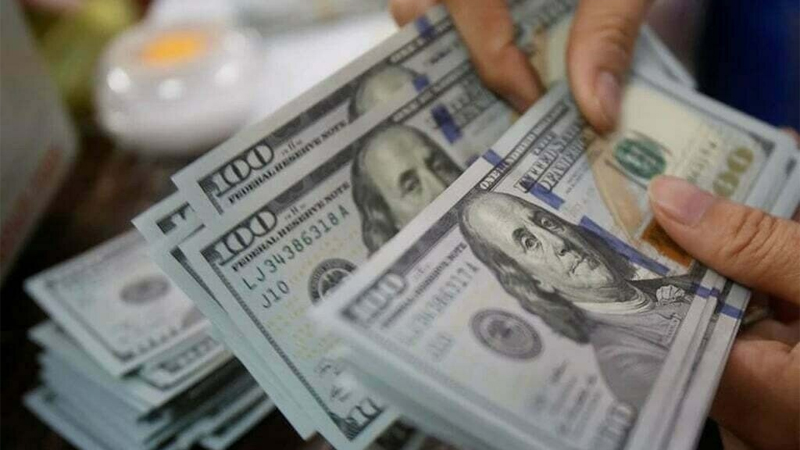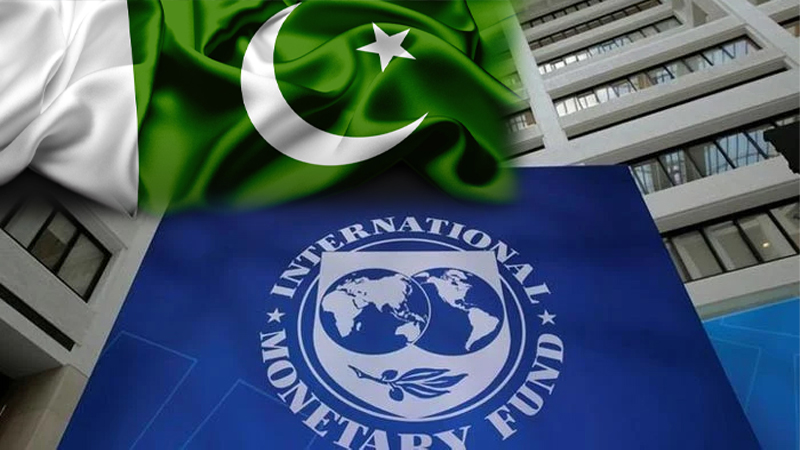In a significant financial development, the State Bank of Pakistan (SBP) has reported a notable uptick in the nation’s foreign exchange reserves, reaching a two-year high and surpassing the $9 billion threshold. This milestone comes on the heels of substantial inflows from the International Monetary Fund (IMF), injecting fresh momentum into Pakistan’s economic landscape.
According to the latest figures released by the central bank on Thursday, the foreign exchange reserves soared to $9.120 billion by the close of the week on May 3. The SBP attributed this substantial increase to a noteworthy infusion of $1.1 billion from the IMF, marking the final tranche under the Stand-By Arrangement (SBA).
The country’s overall forex reserves now stand at $14.458 billion, inclusive of $5.338 billion held by commercial banks, underscoring a robust resurgence in Pakistan’s fiscal health.
This financial resurgence comes against a backdrop of previous challenges, with the SBP’s reserves hovering around $9 billion in mid-July 2022, followed by a protracted period of decline. By June 2023, the country teetered on the brink of sovereign default, with the SBP’s reserves plummeting to a precarious $4.4 billion.
To navigate these turbulent waters, Pakistan engaged in negotiations with the IMF, culminating in a pivotal nine-month $3 billion SBA. Concurrently, the SBP implemented stringent measures to curtail imports and regulate the repatriation of profits on foreign investments, effectively stemming the outflow of dollars.
The approval of the SBA heralded a turning point, ushering in a wave of inflows from diverse sources. Notably, Saudi Arabia and the UAE bolstered Pakistan’s financial reserves with substantial deposits, while China deferred several payments slated for CY2023.
Amidst political and economic volatility, Pakistan’s currency, the rupee, faced considerable pressure, with interbank rates plummeting to Rs306 against the US dollar, and open market rates soaring as high as Rs340. However, concerted efforts, including crackdowns on dollar smuggling, have stabilized the exchange rate, maintaining a steady range between Rs278 and Rs280 over the past four months.
In tandem with these financial developments, remittances from overseas Pakistanis surged by 28 percent in April, as reported by the State Bank of Pakistan. With inflows totaling $2.81 billion, April’s remittance figures represent a nearly 28 percent increase compared to the same period in FY23. Cumulatively, remittances for the first 10 months of FY24 amounted to $23.85 billion, marking a 3.5 percent uptick from the previous year.
Of particular note is the substantial contribution from Saudi Arabia, which accounted for the highest inflow of $5.8 billion during July-April 2023-24, reflecting a robust growth rate of 5.5 percent year-on-year.
These remittance inflows hold strategic significance, nearly matching the foreign debt servicing requirements for FY24. With the current account deficit shrinking to approximately half a billion dollars over nine months, there is optimism that it could reach equilibrium by the fiscal year’s end. This promising trajectory underscores the pivotal role of remittances in alleviating the government’s borrowing burden for foreign debt servicing in the upcoming fiscal year, contingent upon continued efforts to manage the current account deficit effectively.











Leave a Reply